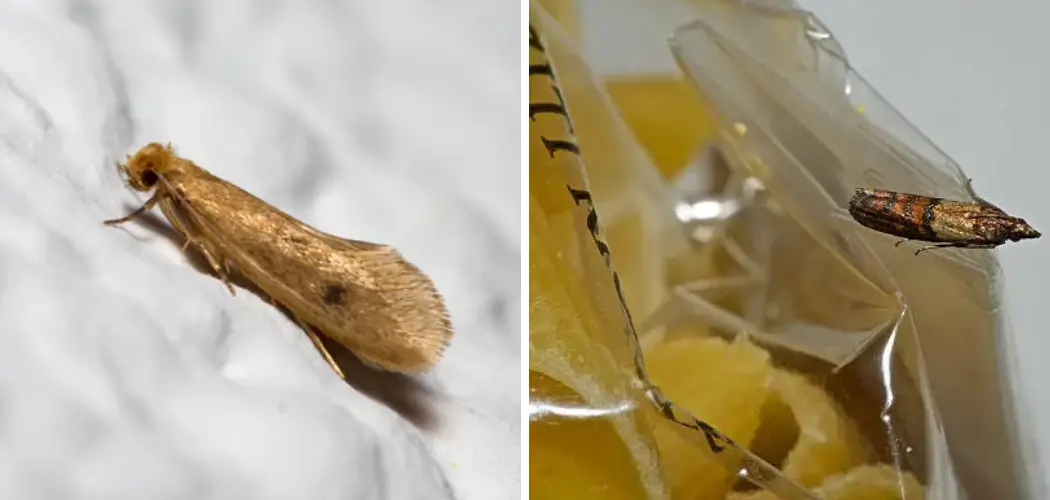Moth infestations in garages are a common yet often overlooked problem that can significantly damage stored items, including clothing, fabrics, and even stored food products. These pests can quickly multiply, making it crucial to address the issue promptly.
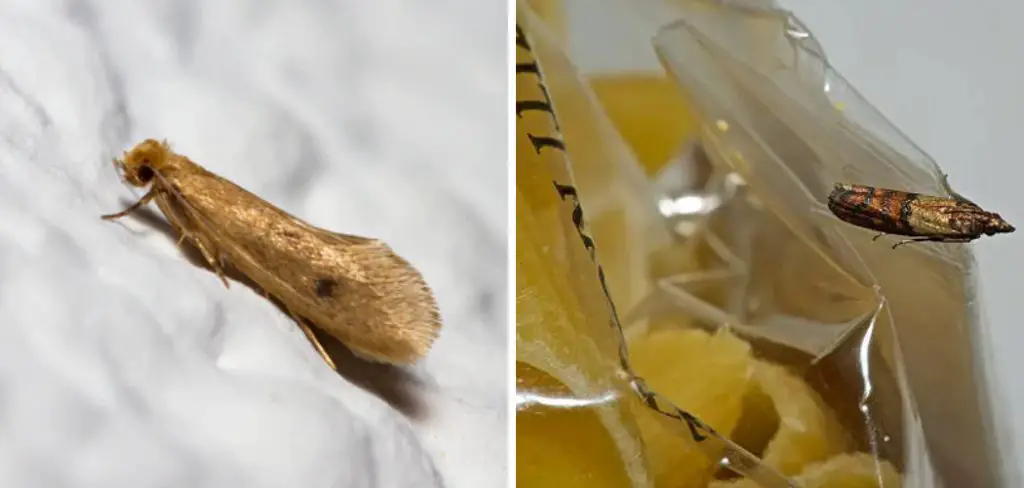
Ignoring the signs of moth activity compromises the integrity of your belongings and can create an unsanitary environment. In this article, we will explore how to get rid of moths in the garage effectively. We’ll begin by discussing how to identify moths and their signs of infestation.
Then, we will provide a comprehensive overview of effective solutions, including cleaning and decluttering, using traps, and implementing preventative measures to ensure that your garage remains moth-free. Taking proactive steps can safeguard your items and maintain a clean and pleasant space.
Identifying the Type of Moths
Common Types of Moths in Garages
The most prevalent types of moths found in garages are clothes moths and pantry moths. Clothes moths, typically belonging to the Tineola bisselliella species, are small, measuring about 1/2 inch in length, and are usually pale yellow or tan with a distinct golden sheen.
They are attracted to natural fibers, including wool, silk, and fur, often laying eggs in dark, undisturbed areas, making garages an ideal nesting ground. In contrast, pantry moths, particularly the Indian meal moth (Plodia interpunctella), are slightly larger and have a characteristic wingspan of about 3/4 inch.
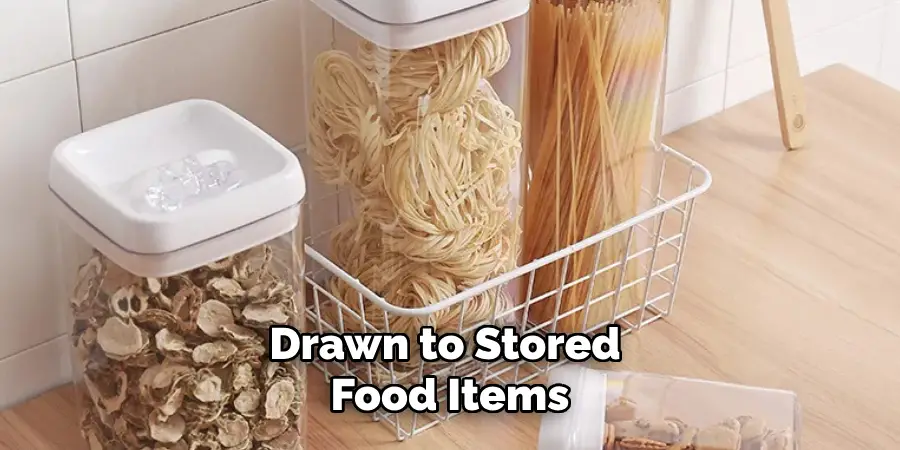
Their forewings are greyish-brown with a distinct coppery stripe, and they are drawn to stored food items, including grains, flour, and dried fruits. Understanding these differences aids in proper identification, informing effective eradication methods according to the specific type present.
Signs of a Moth Infestation
Identifying a moth infestation early is crucial for effective control. Common signs include damaged fabrics, which may have irregular holes caused by larvae feeding, and webs or silky threads found in hidden corners or inside storage boxes. You may also notice larvae, which are typically creamy-white and can be found in dark, undisturbed areas, often near clothing, blankets, or pantry items.
Adult moths, identifiable by their fluttering flight patterns, may be seen flying around the garage, especially near light sources. Regularly inspecting corners, shelves, and storage containers will help you detect these signs promptly, allowing for swift action to prevent further damage to your belongings.
How to Get Rid of Moths in The Garage: Cleaning and Decluttering the Garage
Removing Infested Items
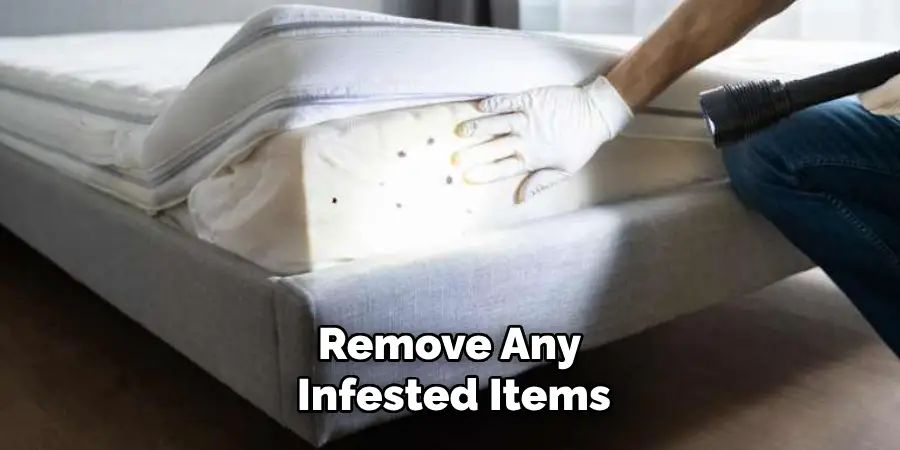
To effectively combat a moth infestation, the first step is to inspect and remove any infested items from your garage. Begin by examining all clothing, fabrics, or stored food items for signs of moth damage or larvae presence. Pay close attention to any items you haven’t accessed in a while, as these are often prone to infestations.
Any infested clothing or fabric should be sealed in a trash bag to prevent the moths from spreading to other areas during disposal. For stored food, check for any signs of moth activity, including cocoons or webbing, and dispose of any contaminated products in a sealed container before discarding them in an outdoor trash bin. Ensure that the storage areas are thoroughly cleaned afterward to eliminate any remaining eggs or larvae.
Thorough Cleaning
Once infested items have been removed, it’s crucial to thoroughly clean the garage. Start by vacuuming all surfaces, including the floors, walls, and shelves. Be sure to use a vacuum that has a HEPA filter or a disposable bag, as this will help trap any eggs or larvae.
After vacuuming, focus on hidden areas such as corners, behind stored boxes, or under furniture, as these spots often harbor moths. For added disinfection, consider wiping down surfaces with soapy water or vinegar, which can help neutralize any remaining eggs. Don’t forget to empty the vacuum cleaner and dispose of the contents outside immediately to prevent re-infestation.
Decluttering to Reduce Hiding Spots
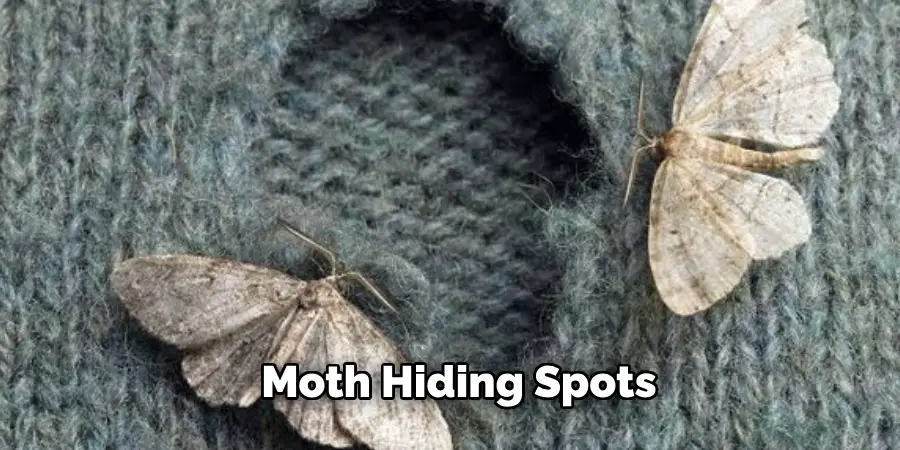
Decluttering your garage is essential to reduce moth hiding spots and prevent future infestations.
Begin by sorting through all items stored in the garage, separating the necessary items from those that can be discarded or donated. Keep only items you regularly use and ensure they are in good condition. For those you decide to keep, store them in airtight containers, which can effectively deter moths from accessing fabrics or food.
Organizing the garage enhances its appearance and significantly minimizes cluttered areas where moths might thrive. Regularly maintain this organization to ensure a clean and safe environment that is less conducive to moth infestations.
Eliminating Moths and Larvae
Using Moth Traps
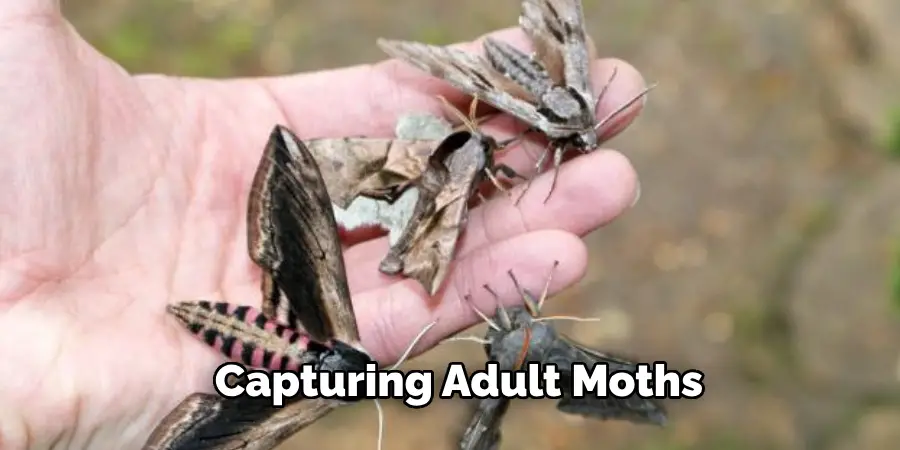
One effective method for capturing adult moths is moth traps, particularly pheromone traps that attract males and help disrupt their breeding cycle. To use these traps, ensure they are placed where moth activity has been observed, such as near entrances, along walls, or close to stored fabrics. Position traps about 3 to 4 feet above the ground to maximize visibility and effectiveness, as adult moths tend to fly at this height.
Regularly check the traps—ideally once a week—and replace them according to the manufacturer’s instructions or when they are filled. Continuous monitoring not only provides insights into the level of infestation but also ensures that you’re effectively reducing the adult moth population in your garage.
Natural and Chemical Remedies
In addition to traps, various natural and chemical methods can help eliminate both moths and larvae. Essential oils like cedarwood and lavender are known for their moth-repelling properties. To use essential oils, dilute them in water and spray them onto stored fabrics or cotton balls to place in storage containers and corners of the garage.
Another common approach is to use mothballs, which release a strong scent that deters moths. Ensure to read and follow the safety instructions when using mothballs, as they contain chemicals that can be harmful if inhaled or ingested.
For more severe infestations, insecticide sprays specially formulated for moths can be employed, but always opt for products that are safe for indoor use and suitable for application in enclosed spaces like garages. Regardless of the method chosen, ensure proper ventilation during application and allow surfaces to dry before storing items back in the garage.
Preventing Future Infestations
Proper Storage Practices
Proper storage techniques are essential to effectively prevent moth infestations in your garage. Use airtight containers to store clothing, fabric, and organic materials, as this will create a barrier that moths cannot penetrate. Regularly inspect items for signs of infestation, particularly if they have not been accessed in a while.
It’s crucial to avoid storing food items or organic materials in the garage, as these can attract moths and other pests. Opt for sealed, pest-proof containers for any non-perishable food items if they must be stored in the garage. Additionally, consider using cedar blocks or sachets filled with lavender, as the scents naturally deter moths and can add an extra layer of protection to your stored belongings.
Maintaining a Clean Garage
Keeping your garage clean is a vital strategy in preventing moth infestations. Regular vacuuming of floors, corners, and shelves helps eliminate any eggs or larvae that may have been missed during initial cleanings. Dusting surfaces and removing clutter can also deter moths by reducing potential hiding spots and making spotting any signs of infestations easier.
Ensure that the garage is well-ventilated and dry, as moths are drawn to damp environments that provide ideal conditions for breeding. Installing a dehumidifier or ensuring proper airflow can help maintain the space’s dryness. Establishing a routine of regular cleaning and organization creates a more pleasant environment and significantly minimizes the risk of moths settling in your garage.
Sealing Entry Points
Identifying and Sealing Cracks and Gaps
To effectively prevent moths from entering your garage, it is essential to identify and seal any cracks, gaps, or openings that may serve as entry points. Conduct a thorough garage inspection, focusing on areas around windows, doors, and the foundation. Look for any visible cracks in the walls or gaps where the flooring meets the walls.
Use high-quality caulk for smaller gaps, while larger openings may require weatherstripping or foam sealant to create a tight seal. Ensuring these areas are properly sealed will significantly reduce the likelihood of moths gaining access to your space.
Installing Screens and Barriers
Installing screens on windows and doors effectively keeps moths at bay while allowing fresh air in. Choose fine mesh screens that can prevent even the smallest moths from entering.
Additionally, consider adding door sweeps at the bottom of entry doors and installing garage door seals to close off any gaps when the doors are shut. These simple measures create barriers that can help deter moths from finding their way into your garage.
Conclusion
Successfully learning how to get rid of moths in the garage involves several key steps. Begin by identifying signs of moth infestations, followed by thorough cleaning and organizing to eliminate potential hiding spots.
Using traps and natural or chemical remedies will help reduce adult moths and their larvae. Once the infestation is controlled, focus on long-term prevention measures, including proper storage practices and sealing any entry points.
It’s essential to diligently monitor for any signs of moth activity and act promptly should new issues arise. Remember, with consistent care and attention to these methods, you can maintain a moth-free garage environment. Your efforts will enhance your space’s cleanliness and protect your belongings from unwanted pests in the long run.
I am Rick. I grew up helping my dad with his handyman service. I learned a lot from him about how to fix things, and also about how to work hard and take care of business. These days, I’m still into fixing things- only now, I’m doing it for a living.
I’m always looking for new ways to help people grow and develop. That’s why I have created this blog to share all my experience and knowledge so
that I can help people who are interested in DIY repair.

